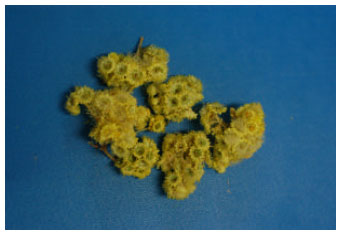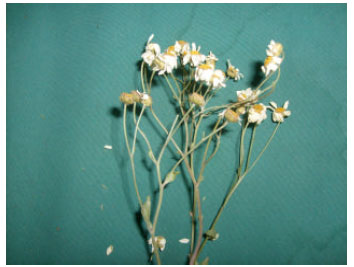Case Study
Anti-Inflammatory Activities of Diethyl-Ether Extracts of Helichrysum plicatum DC. and Tanacetum balsamita L. in Rats
Department of Internal Medicine, Faculty of Veterinary Medicine, YÜzÜncÜ Yil University, Van-Turkey, Turkey
H. Ozbek
Directorate of Drug and Pharmacy, Ministry of Health, Ankara, Turkey
H.A. Akkan
Department of Internal Medicine, Faculty of Veterinary Medicine, YÜzÜncÜ Yil University, Van-Turkey, Turkey
M. Tutuncu
Gevas Vocational College, Van-Turkey, Turkey
F. Ozgokce
Department of Biology, Faculty of Science and Literature, Van-Turkey, Turkey
A. Him
Department of Physiology, Faculty of Medicine, Van-Turkey, Turkey
B. Bakir
Department of Surgery, Faculty of Veterinary Medicine, YÜzÜncÜ Yil University, Van-Turkey, Turkey











